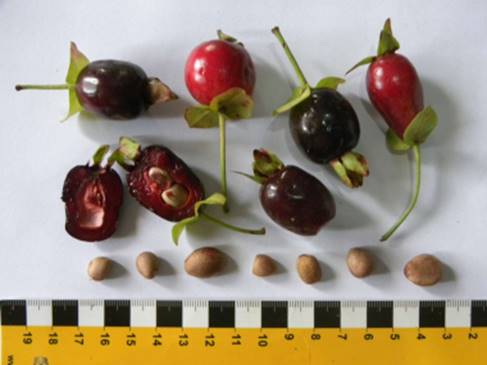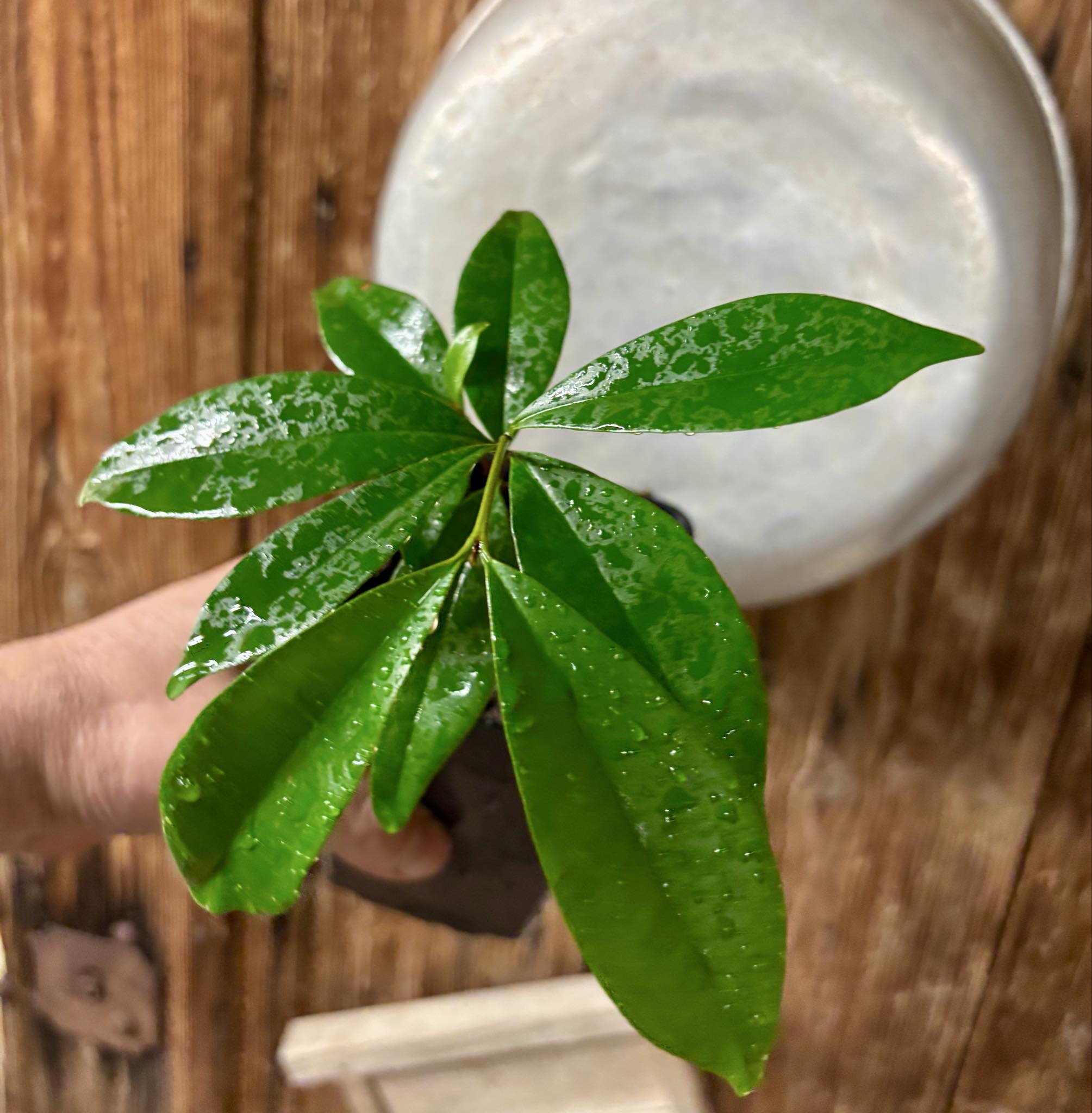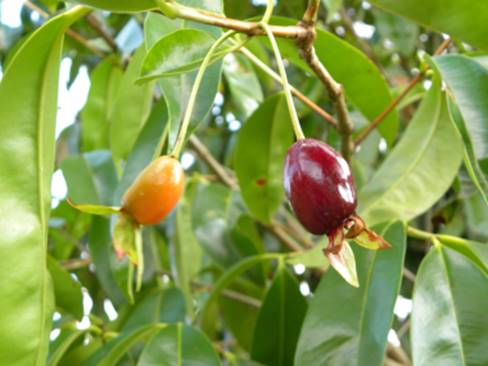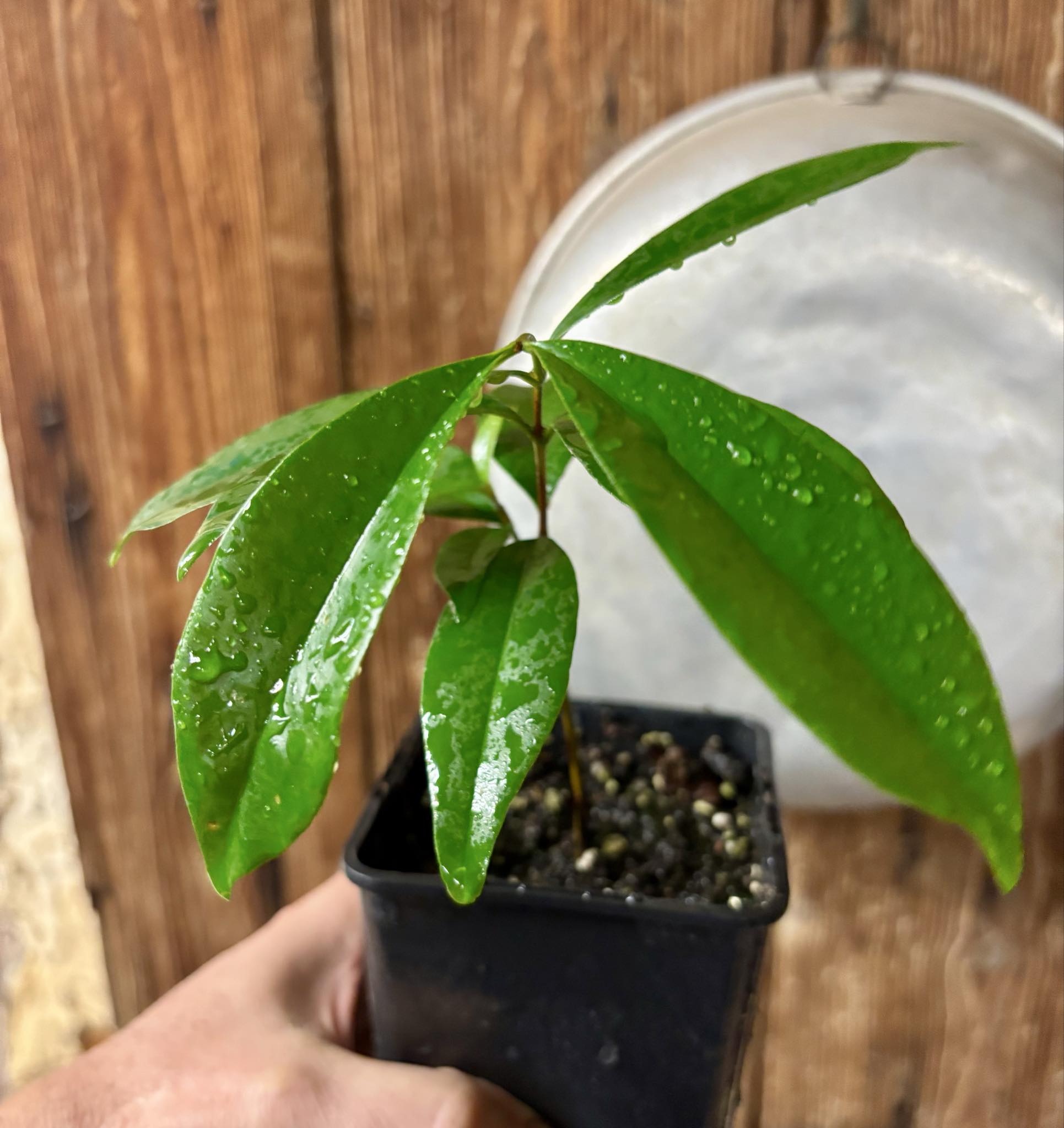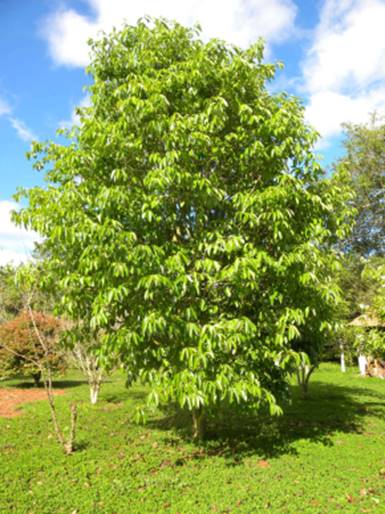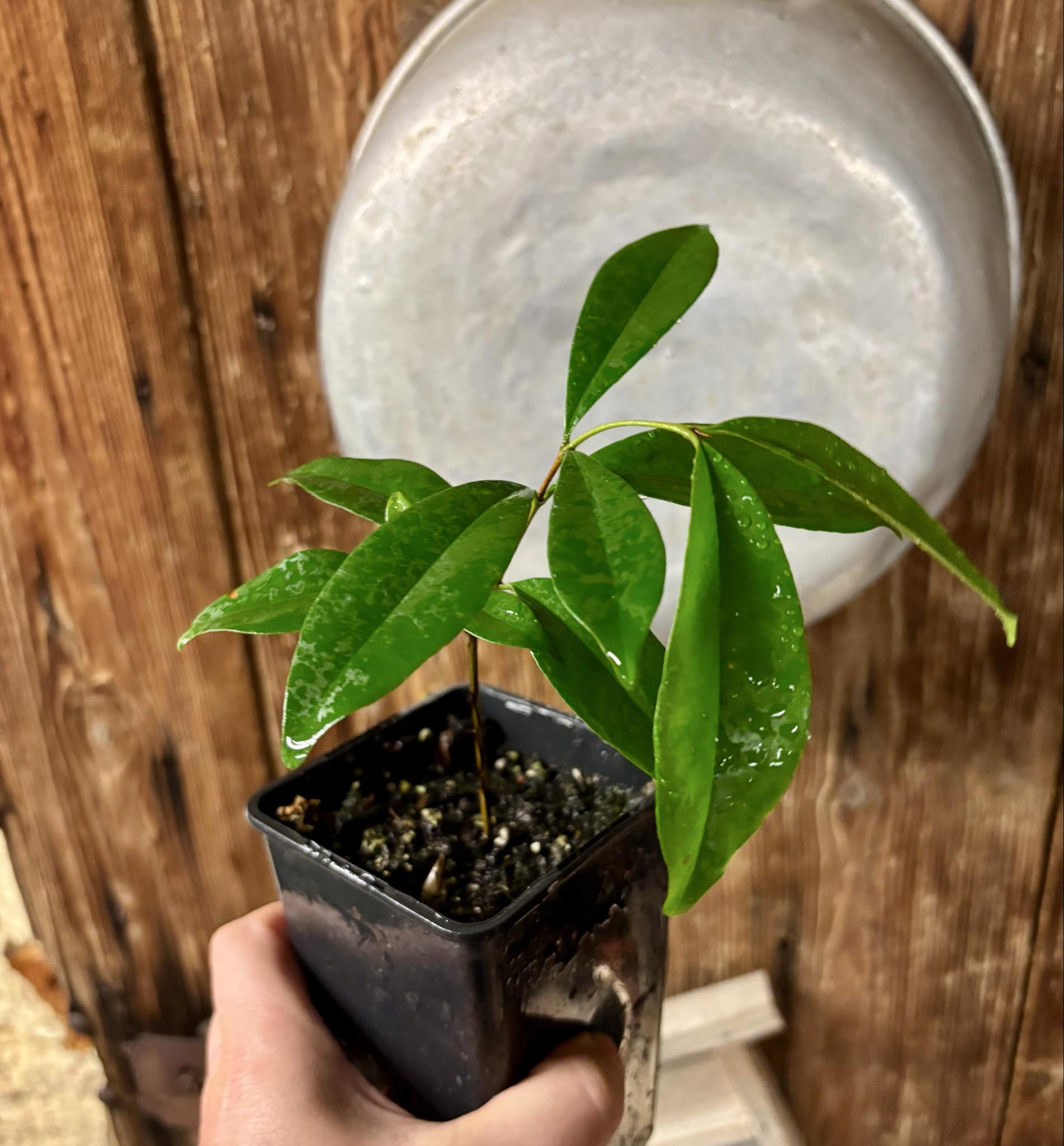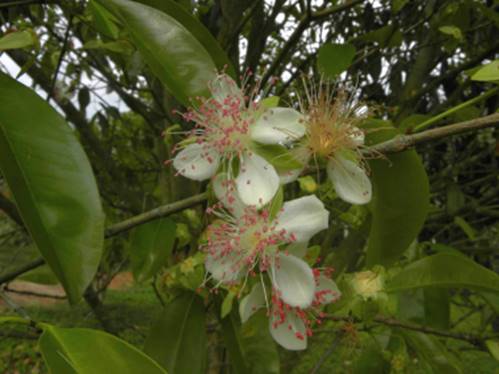Ultra rare - Barapiroca Acu (Calycolpus legrandii) - 1 potted plant / 1 getopfte Pflanze
Barapiroca Acu (Calycolpus legrandii)
Family / Familie: Myrtaceae
origin from / Herkunft: Brasil / Brasilien
Climate / Klima: temperate (10-30C / 50-84F) / gemäßigt (10-30C / 50-84F)
Use / Verwendung: edible fruits, juice, jam, ice cream, etc. / essbare Früchte, Säfte, Marmelade, Eis usw.
you buy / sie kaufen: 1 potted plant / 1 getopfte Pflanze
Delivery EU only
The word "Barapiroca-Acu" comes from the Tupi-Guarani language and means "fruit of the tree that peels," with the adjective Acu meaning "large."
This is an ultra-rare species of Myrtaceae with only 15 species.
Calycolpus legrandii is endemic to the Atlantic Forest of Bahia and is very difficult to find.
The tree can grow to a height of 5 to 10 meters and has light brown bark that peels annually.
The fruits are eaten fresh and are (according to Helton Muniz) sweeter and tastier than the Cherry of Rio Grande.
The pitted fruits are excellent for baking cakes and can also be processed into juices, ice cream, and jams.
This species can tolerate light frost for short periods, but is susceptible to anthracnose in cold and wet conditions.
Therefore, we recommend overwintering it at a minimum temperature of 10 degrees Celsius.
Das Wort "Barapiroca-Acu" stammt aus der Tupi-Guarani-Sprache und bedeutet "Frucht des Baumes, der sich schält“, wobei das Adjektiv Acu „groß“ bedeutet.
Dies ist eine ultra seltene Art der Myrtaceae mit nur 15 Spezies.
Die Calycolpus legrandii ist endemisch im Mata Atlantica von Bahia und nur sehr schwer zu finden.
Der Baum kann 5 bis 10m groß werden und hat eine hellbraune Rinde, die sich später jährlich schält.
Die Früchte werden frisch verzehrt und sind (laut der Meinung von Helton Muniz) süßer und schmackhafter als die Cherry of Rio Grande. Die entkernten Früchte eignen sich hervorragend zum Backen von Kuchen und können auch zu Säften, Eiscreme und Marmeladen verarbeitet werden.
Diese Art hält kurzfristig leichten Frost aus, ist aber bei Kälte und Nässe anfällig gegen Anthraknose.
Daher empfehlen wir eine Überwinterung bei mindestens 10 Grad.

